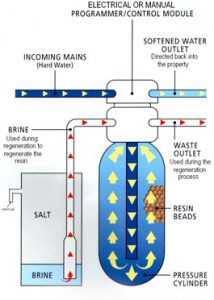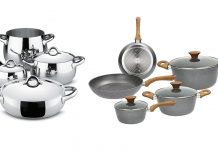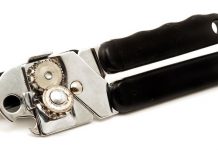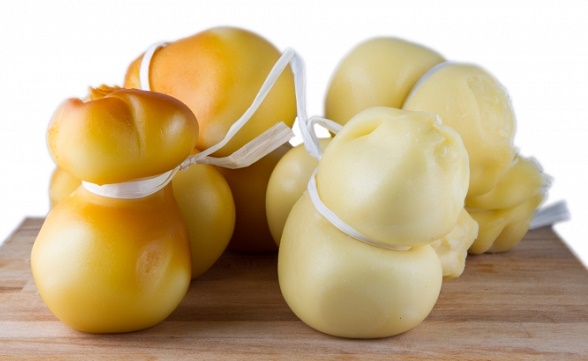
Introduction

As we know, the water from the supplier, or the water we use at home to cook, to wash and for watering the garden, it is a very tough liquid, rich in calcium and magnesium, very known for the kind of scale formation when the water is heated or boiled.
The water to be perfect, must have a level of hardness of 9 French degrees and in the rare cases in which the water is sweet, not precisely serves the softener that in these cases could only cause damage.
The limestone is formed wherever there is hot water, because the magnesium salts and those of calcium will crystallize and become deposited so in the heavy pipes, creating in this way fouling by reducing the diameter of the tubes and consequently the water that passes is heated less, the machinery uses a lot more energy and maintenance must be done more often and has a higher cost.
To solve all these problems, it inserts a softener between the water mains supply and the machine that drastically reduces the formation of limestone and also sludge in the boiler.
Usually the water softener is fitted under the espresso machine and several location, or it is placed directly in the water pipe.
The most common device that operates is the ion exchange softener, that is a similar device with aesthetic shape as a cylinder where inside there are small resin balls that have the ability to attract the calcium and magnesium salts present in running water, yielding potassium in exchange for sodium salts which do not harm.
This ability of the resins to effect the exchange, tends to run out in no time, and then the cylinders have to be regenerated with the salt that gives their potassium sodium, while the resins release calcium and magnesium, which are then eliminated through the water exhaust.
Resin regeneration

The purification of water or the regeneration of the resins, must be carried out with a periodicity that varies according to the water that passes through the purifier.
Usually for every 12, up to 15 kilograms of coffee for water softeners that regenerate, it is needed just one kilogram of salt, but in the market there are also larger capacity.
This operation, if it is done more often, it causes no damage, while do so over a longer time, it means introducing the water that will form certainly much limestone.
Commercial softeners that can be found are truly many, from semi-automatic to automatic ones, obviously more expensive and also more cumbersome.

The semi-automatic product works simply giving the command and automatically performs all operations by itself, while the automatic machine, being provided with clock and timer, once turned on it performs all operations, even at the times and days that you feel appropriate.
Method
First you have to take a container of a capacity of two liters and insert into the short tube, if you have a long pipe can be inserted directly into the hole of your sink.
Now turn the lever of the inlet valve (a) to eliminate the internal pressure and close the incoming water from the pressure pipe (c) will come out of the water.
Unscrew the lid and open and at this point enter the salt, one or two kilograms, according to the softener size you have available and c pipe, water will come out by the increase in pressure caused by the addition of salt.
Close the cover and reported the tap lever (a) to its original position, at this point enters the water again creating a strong pressure.
Now place the tube (d) in a large container or directly into the sink and turn the output cock lever of its water until it is no longer salty, basically for about 10 or 15 minutes.
When finished this step, replace the lever d in its original location and now you can start to make coffee.
During all these steps, you can not use the machine, because it would enter salt water in the pipes.
The espresso machine purification do plenty of running water and taste the coffee must be temporarily turned off and if you have accidentally pushed the power button when you have finished a little later to see if there is the presence of salt or less.
If you notice that the machine has uploaded also in, the salt water tank, let it out directly from the pick-up tap or by a discharge screw for the rapid flow of water in the boiler.
Every three years or so is changing the resins in the water softener and internally clean accurately the cylinder.







